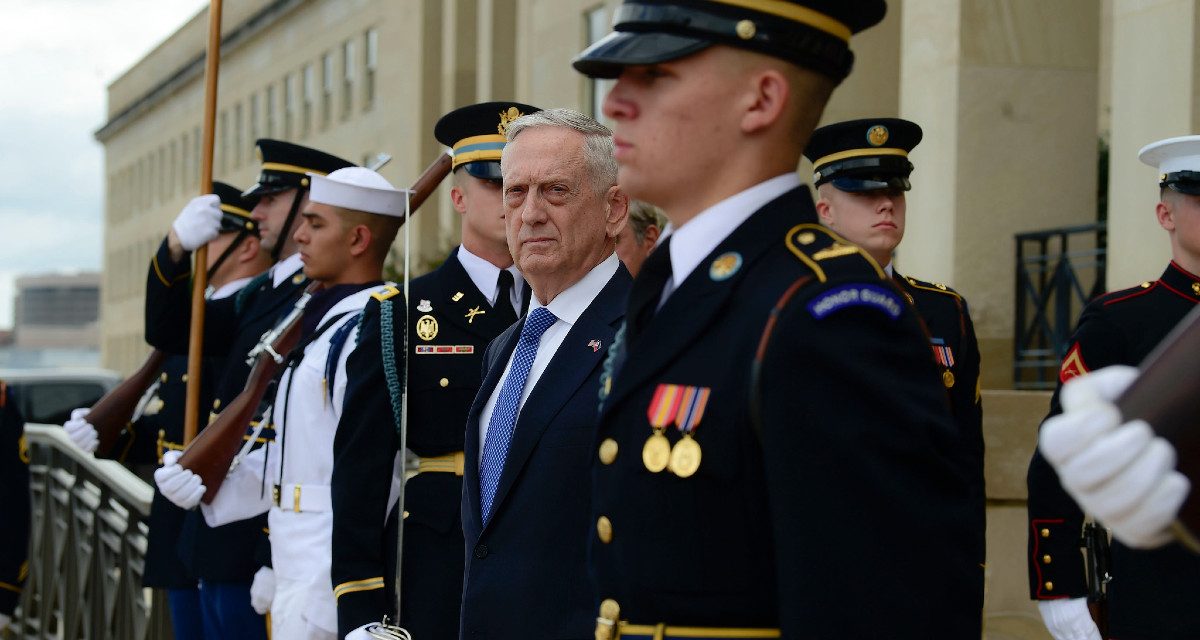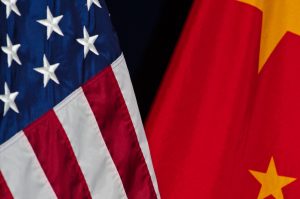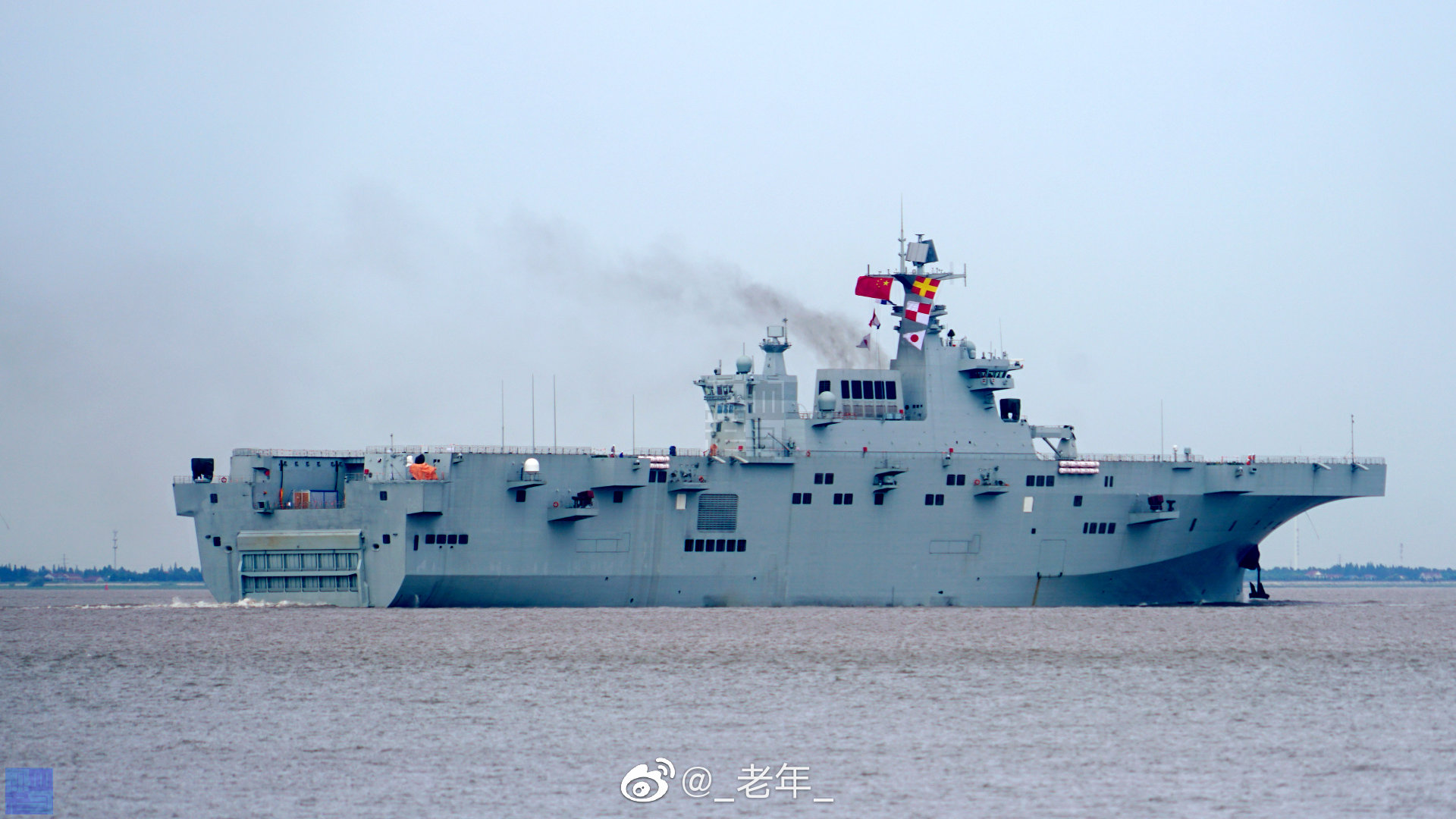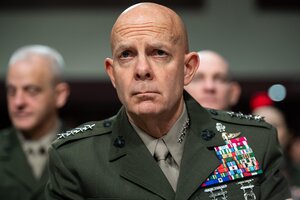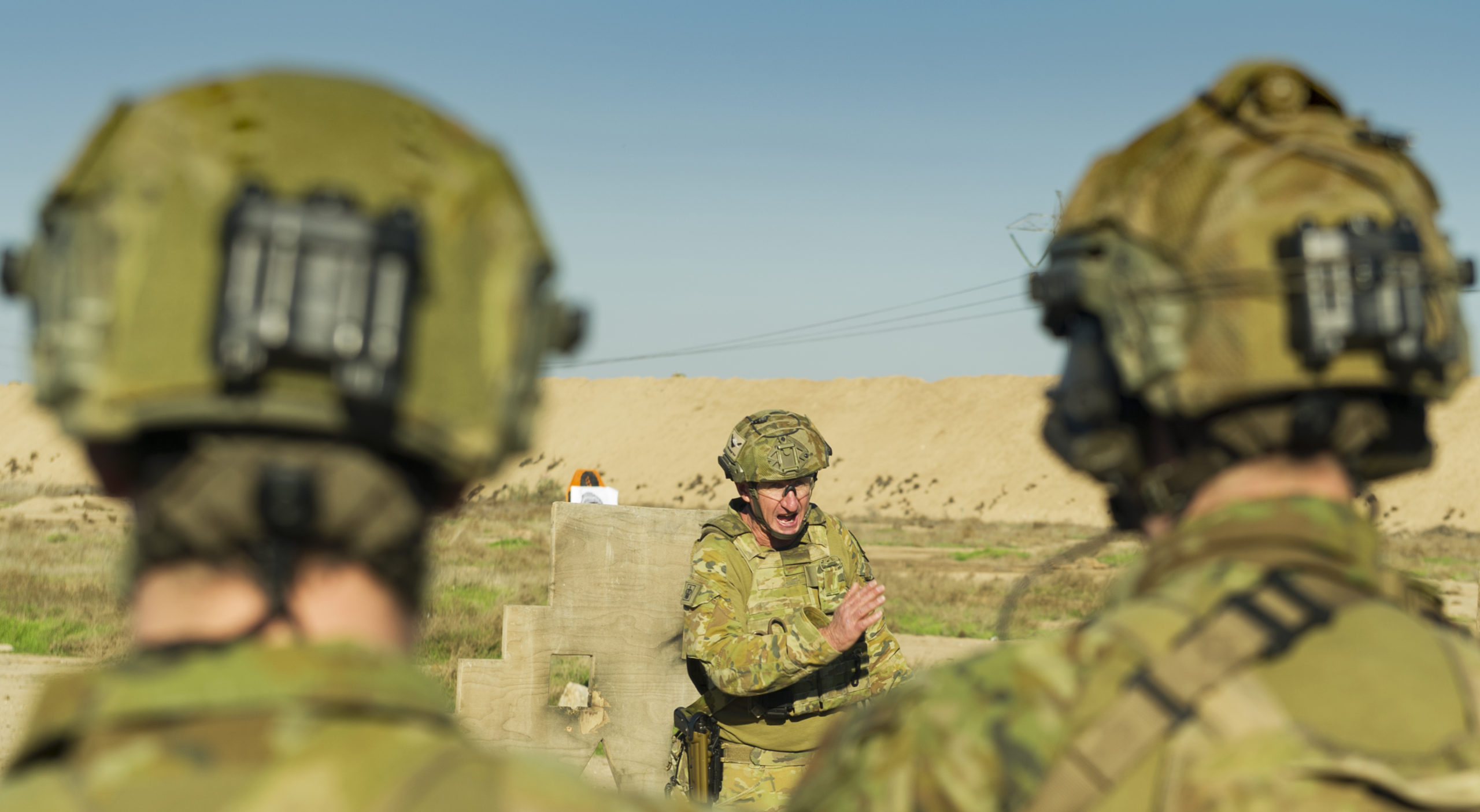Joe Varner
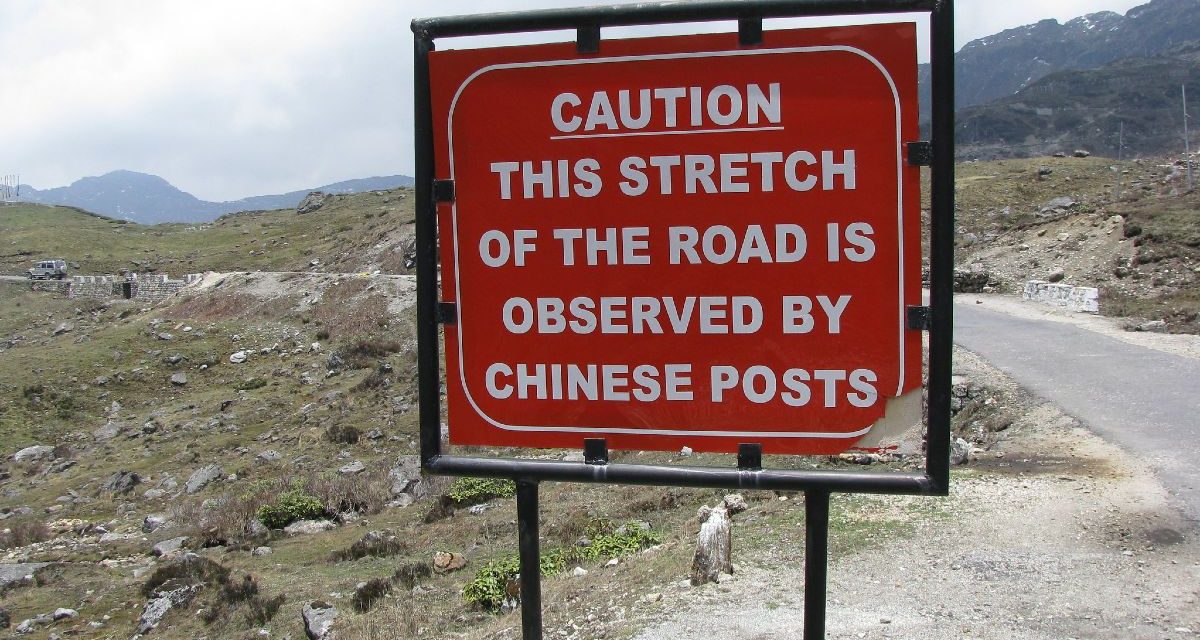
If you know the enemy and know yourself, you need not fear the result of a hundred battles. If you know yourself but not the enemy, for every victory gained you will also suffer a defeat. If you know neither the enemy nor yourself, you will succumb in every battle.Sun Tzu, The Art of War
In 1999, two Chinese military analysts wrote a book, now famous in defense circles, exploring the subject of “unrestricted warfare” and positioning it as key to future Chinese strategic success. The authors defined the concept as “a war that surpasses all boundaries and restrictions. It takes nonmilitary forms and military forms and creates a war on many fronts. It is the war of the future.” It has been a powerful means with which China has pursued its salami-slicing objectives in the South China Sea. And now China appears to be bringing the playbook to its territorial disputes on land with India.
The concept—essentially China’s variant of the hybrid warfare that has increasingly been a feature of strategic discourse from Washington to Moscow and beyond—might further be broken down into three “non” warfares: non-contact (fei jierong), non-linear (fei xianshi), and non-symmetric (fei duicheng). Non-contact warfare is defined as conflict in which the more advanced side is outside the immediate range of its enemy’s weapons and is therefore impervious to attack while retaining the ability to conduct its own strikes on the enemy. Non-linear warfare is conflict with no distinguishable battlefield due to the advancement of technology and codependent relationship between the opposing sides, and is exploited in the information space. Non-symmetric warfare attacks an adversary in every strategic domain but with the very limited use of military forces. Elements of these “non” warfares have been evident in China’s actions against India in the last year, which have included some of the methods perfected in its actions in the South China Sea.
From Sea to Land?
